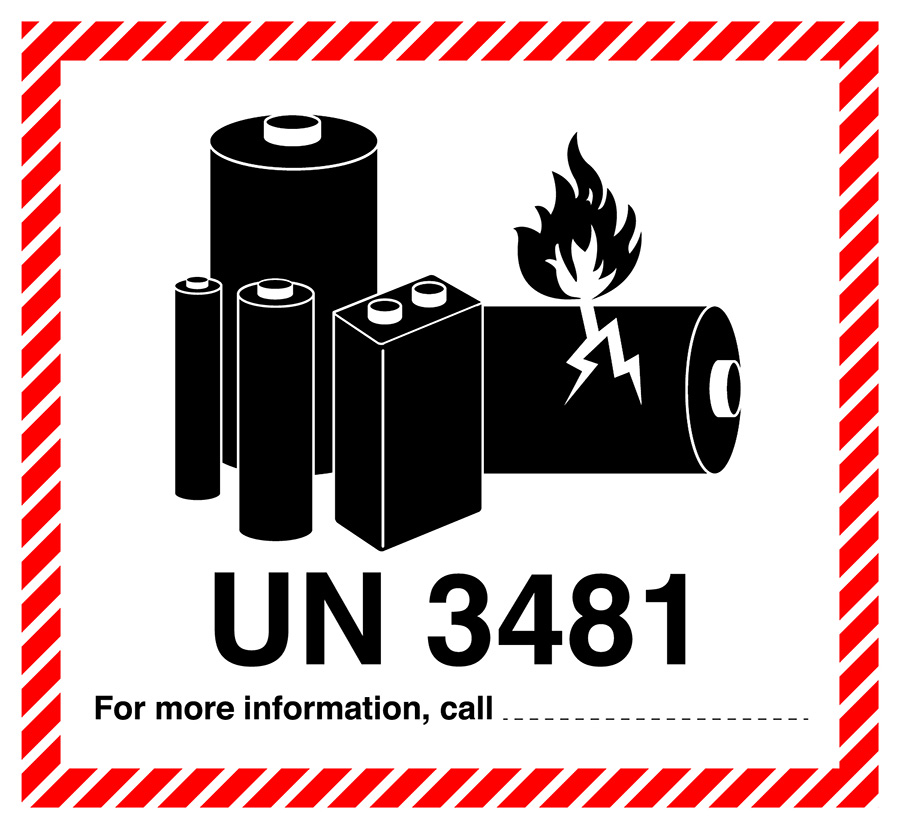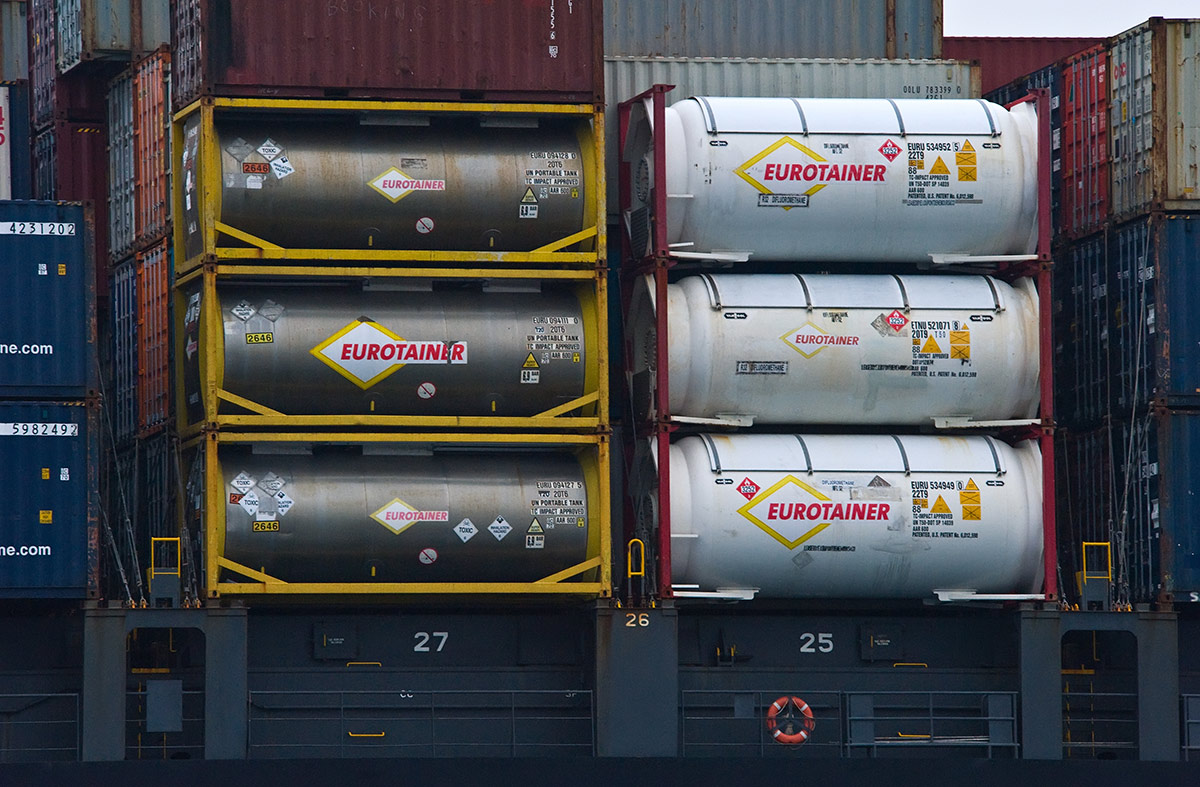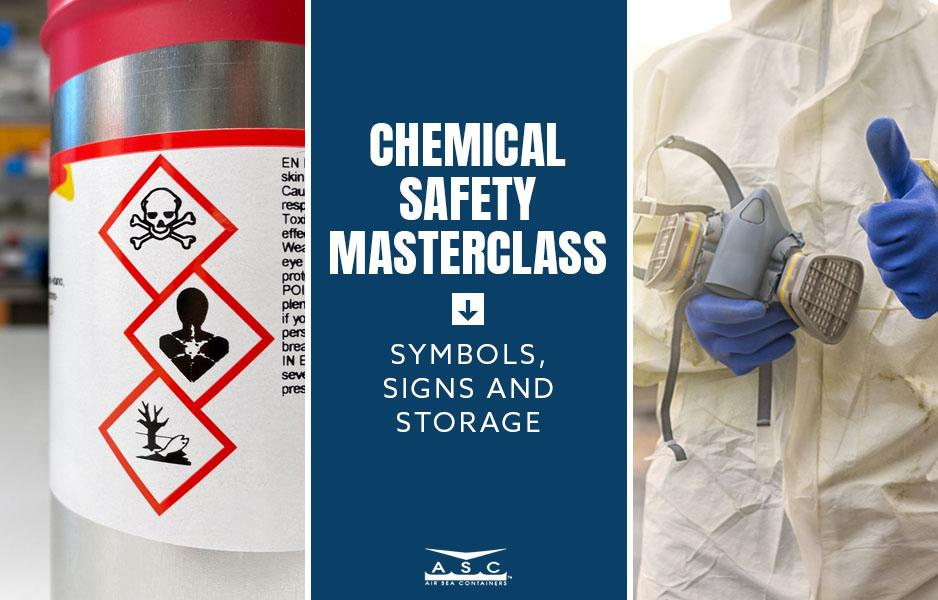Common Types of Shipping Hazmat Spills
Millions of tons of hazardous materials are transported throughout the United States every single day. In fact, the U.S. DOT Pipeline and Hazardous Materials Safety Administration estimates that there are more than 800,000 hazmat shipments every day, and more than 3.1 billion tons are transported each year. While most carriers deliver their cargo to the intended destination without any problems, accidents do occur from time to time. Most of these accidents involve incidental releases that do not pose a major threat to people or property, but some spills result in a more serious threat. Hazardous materials are also commonly shipped via railway, and incidents like train derailments can result in massive hazmat spills that can be devastating to the environment and post serious risks to human health and safety. When a hazardous materials cargo spill occurs, a material or substance that could post a risk to health, safety or property is released. There are several factors which dictate the size, nature and severity of the spill, including the type of material being transported, the physical properties of the hazardous material, the volume of the original load and the amount of damage sustained by the transporting vessel. The most common types of hazmat shipping spills include flammable items–combustible liquid, corrosive material, nonflammable compressed gas, oxidizer and poisonous materials.Frequency of Hazmat Spills During Shipment
According to the Federal Motor Carrier Safety Administration (FMCSA), the rate of hazmat carrier crashes, injuries, fatalities and spills is low in comparison to the overall amount of hazardous materials transported along U.S. highways. Though not extremely common, hazmat spills come at a significant cost. They have a major impact on the economy and can cause significant property damage. The United States Census Bureau estimates that hazardous materials make up approximately 11 percent of the freight transported by trucks in the U.S., and the U.S. Department of Transportation estimates that hazardous materials are carried in about 7 percent of all trucks. While hazmat transportation makes up a significant portion of the type of material being transported on U.S. roadways, crashes and accidents involving hazardous materials are under-represented in overall accident statistics. In 2017, the U.S. DOT Pipeline and Hazardous Materials Safety Administration reported a total of 3,391 incidents of hazmat spills during transit. These incidents resulted in two hospitalizations, six fatalities and $32,806,352 in damages. Spills are much more likely during unloading. Incidents during the unloading phase of transportation resulted in 8,036 incidents. The damages incurred during unloading incidents, however, only totaled $4,976,052. Spills are much less common when hazardous materials are shipped by railway. In the same year, there were only 431 incidents that occurred while hazardous materials were in transit by train. These incidents resulted in no fatalities and $19,214,653 in damages. Hazmat spills when materials are transported by train occur most commonly during transit with only nine incidents occurring during unloading.Insight From An Expert:
The spilling of toxic materials is something that affects many heavy industries, and in turn, public opinion and company viability. Jason Lavis is a partner at Drillers.com and has researched the facts about fracking. When we reached out to Jason, this is what he had to say:Whether the process of hydraulic fracturing itself is responsible for the contamination of groundwater, or an increase in earthquake risk is hotly debated. Official studies are divided across the Atlantic, and anecdotal accounts from residents are hard to ignore.
One thing is for certain, the increase in onshore fracking in the USA for the past decade or so has seen an even larger rise in accidents. Whilst some frac fluid ingredients can be classed in the hazmat category, most are fairly benign. The problem is that even non-poisonous material can be destructive if spilt. One example is semi-processed frac water which is mostly water and salt. Salt kills topsoil and destroys farmland.
Sometimes we hear company executives playing down spills in the ocean, or in remote areas, but this is foolish. We should never decide that spills are acceptable, in any circumstance. It sets the wrong tone. It's possible to achieve zero incident projects, and there's no technical reason why every construction, or shipment can't be incident free.










